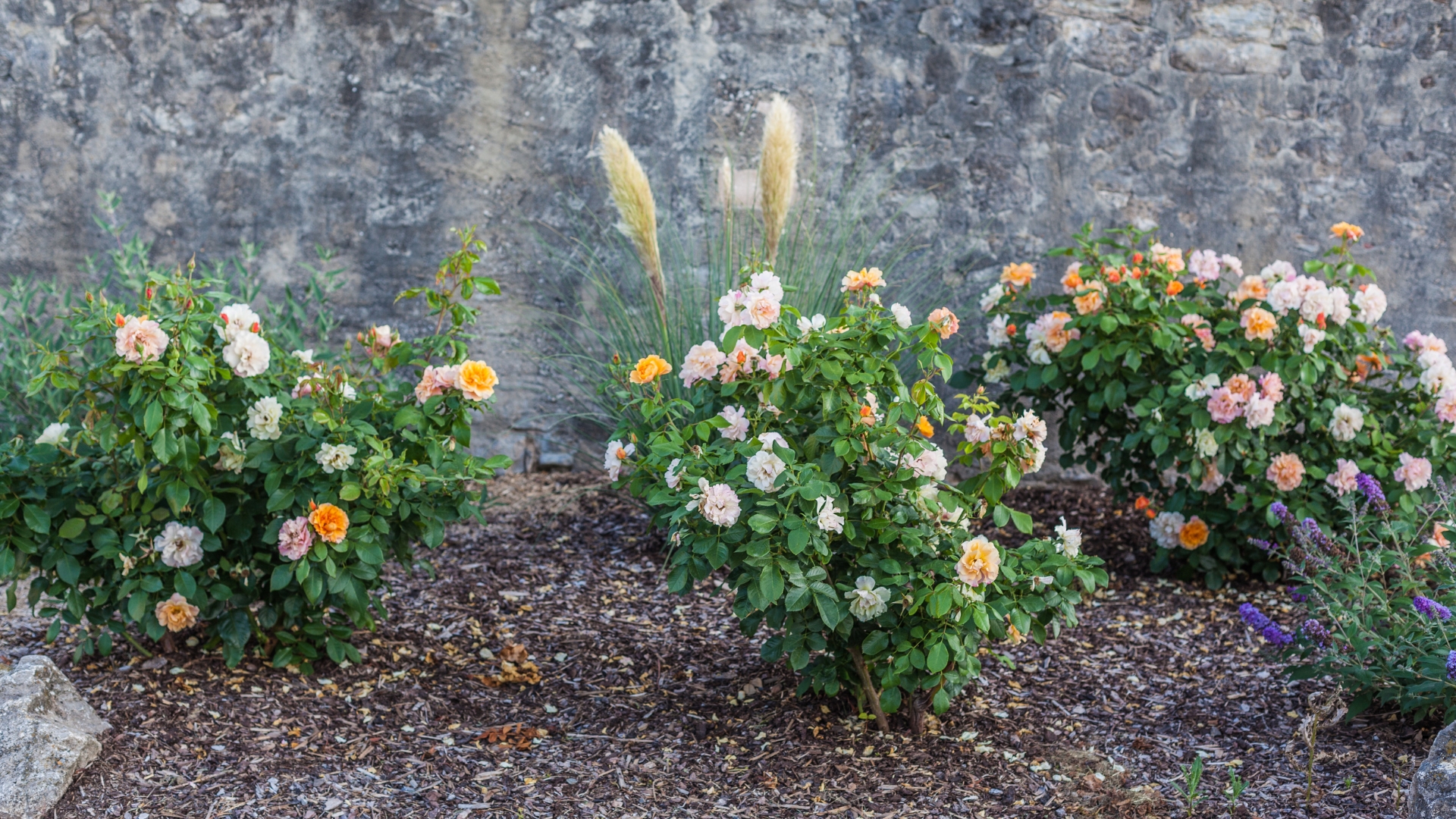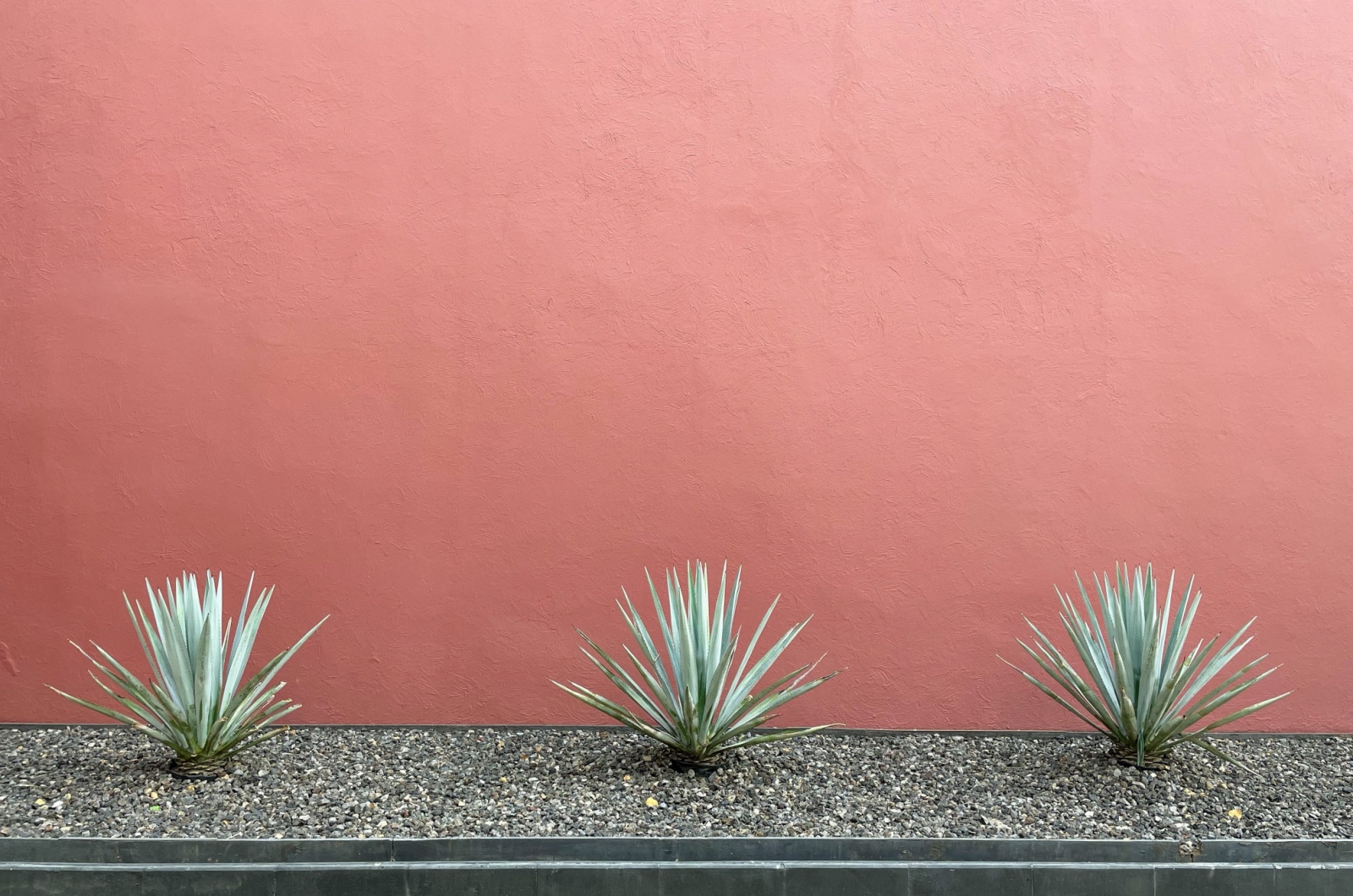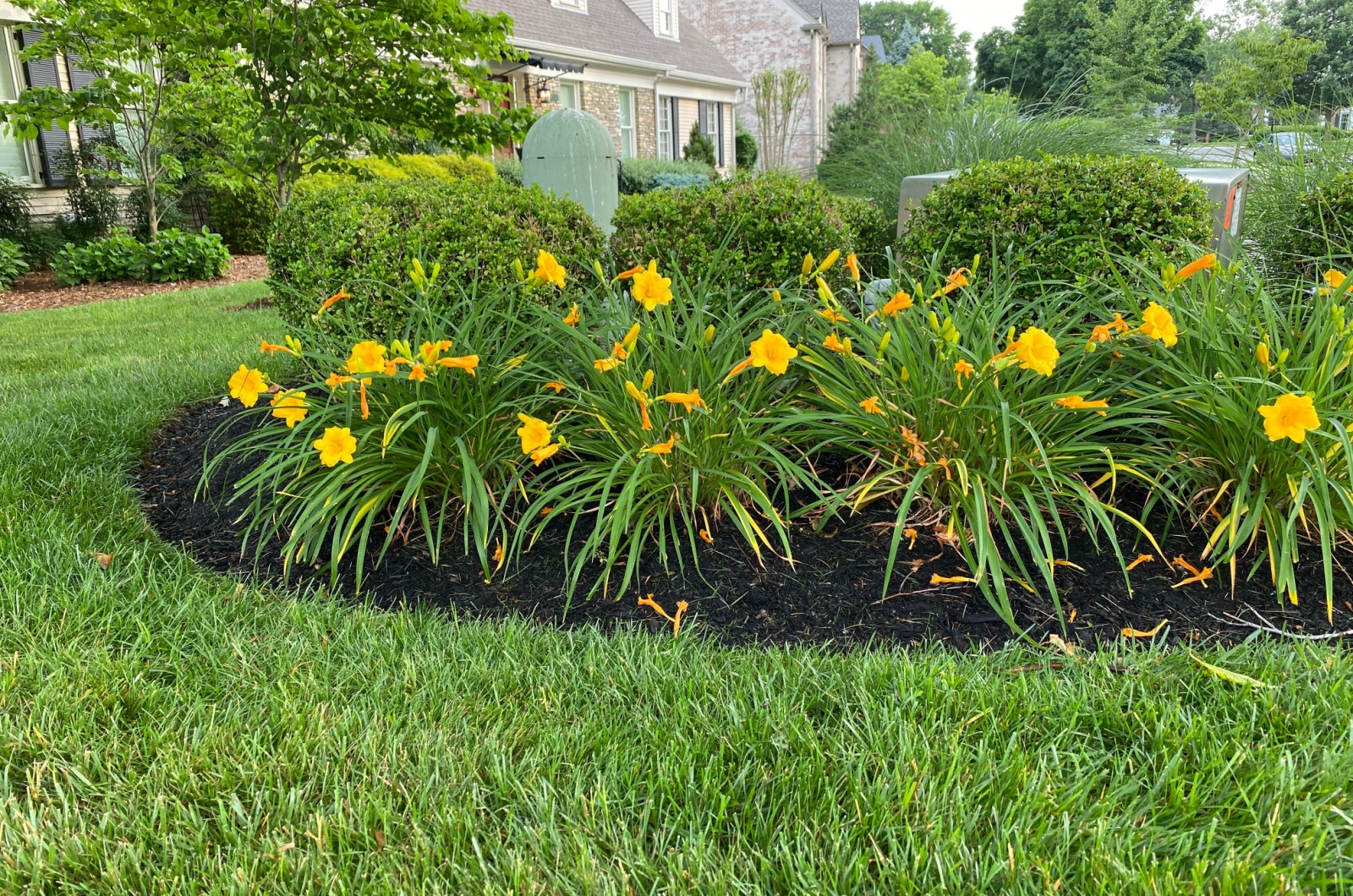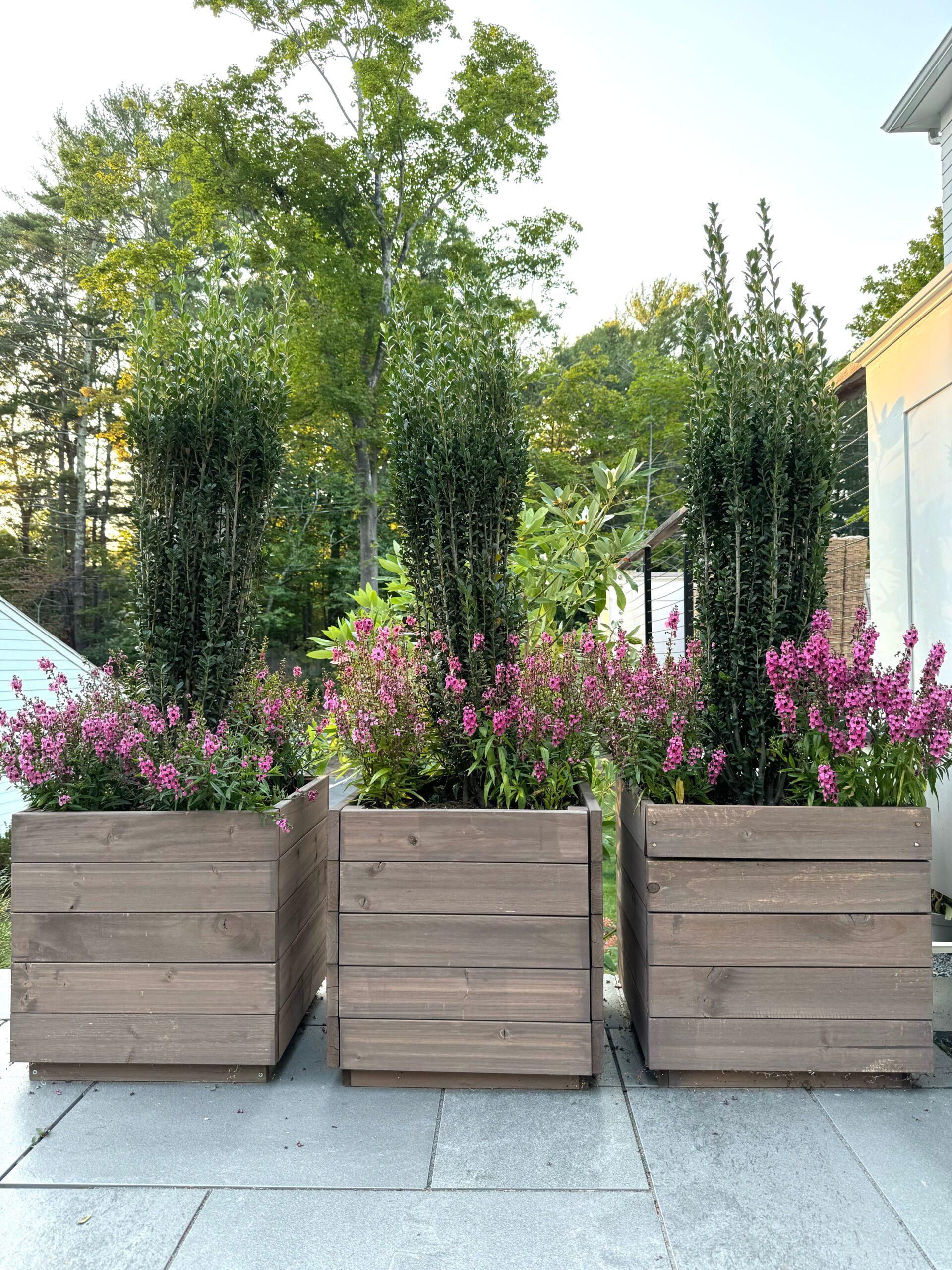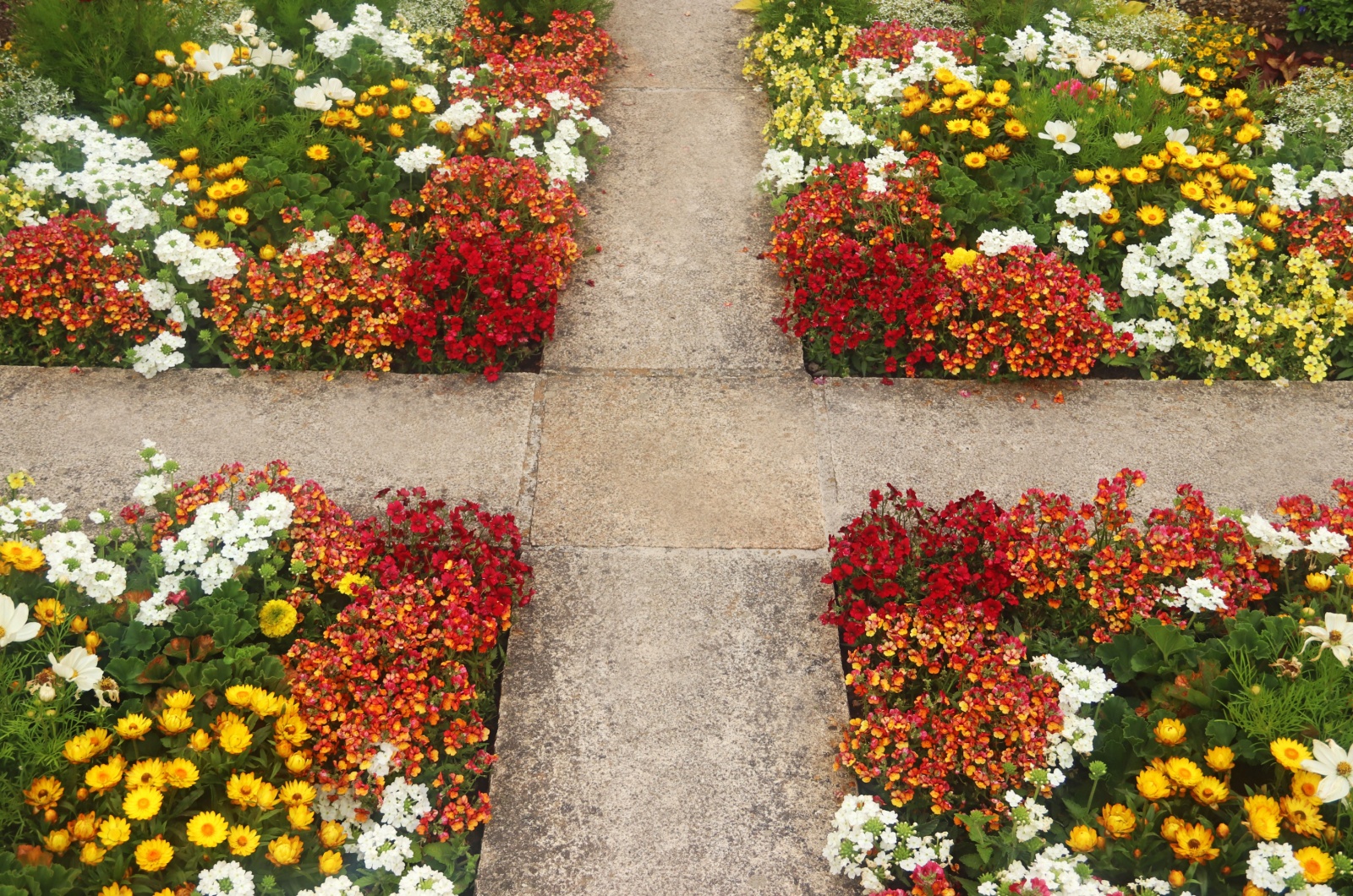There are loads of pictures of stunning landscapes all over social media, and I’m sure you’re wondering what the secret is. I was once in your place.
Landscaping wasn’t really my cup of tea back then, and my plants were randomly placed all over my yard. Honestly, I didn’t know any better.
That was until I came upon the Rule of Three. First, I was intrigued by the numbers, and when I saw the designs I was speechless.
Eager to level up your landscaping skills? All you need to do is embrace the Rule of Three for rapid success!
The Rule Of Three In A Nutshell
The simplest way to describe this landscaping approach is placing plants in sequence using odd numbers only.
It’s generally referred to as the Rule of Three, but any odd number will do the job.
If you have a smaller yard, you’ll need three plants in a single spot. For larger yards, the number of plants increases.
Why do landscapers love this rule? First, the design you get is more natural because of odd numbers. Our eyes won’t try to divide it in half, giving the design a more natural touch.
Even numbers are all about order and nature is anything but ordered.
When you take a look at landscapes where this rule is applied, you’ll notice that plants seem to flow from one to the other.
Can You Use Different Plants In The Rule Of Three?
I know how tempting it is to purchase different plants and place them next to each other. But that’s not really how things work.
Using different plant species in the Rule of Three will still result in a chaotic and not-so-visually appealing design.
If you don’t want three of the same plants but you like the concept of this rule, there’s a way to use it.
For instance, you can combine different herb species that have purple flowers, such as lavender, sage, and creeping thyme.
You can also combine plants with a similar growth habit; the three ornamental grass varieties will do the trick!
I often get questions about using a single plant in landscaping. Look, in most cases, that isn’t really a good approach.
The exception is a large plant, such as a bush or tree. You can adorn them with smaller plants around the base or leave them alone.
You Can Use The Rule Of Three For Container Gardening
While the Rule of Three is more commonly used in garden beds, it can also be applied to container gardens.
Placing three planters in a single spot looks way more attractive and natural than two planters.
Think about arranging three containers from large to small to let your design fall into place!
Is The Rule Of Three Perfect For All Garden Designs?
The Rule of Three is perfect for gardeners who prefer natural designs. Those who are into more formal designs should stay away from them.
Symmetrical landscaping is all about formality. Even numbers in plants or planters scream formality. Think of four squares making a grander statement, or a pair of plants framing a door to set the stage.
Both approaches can result in a spectacular display, so it’s really up to your personal preference.
The Rule of Three is your first step toward landscaping greatness – so if you want to succeed, you know the drill!

